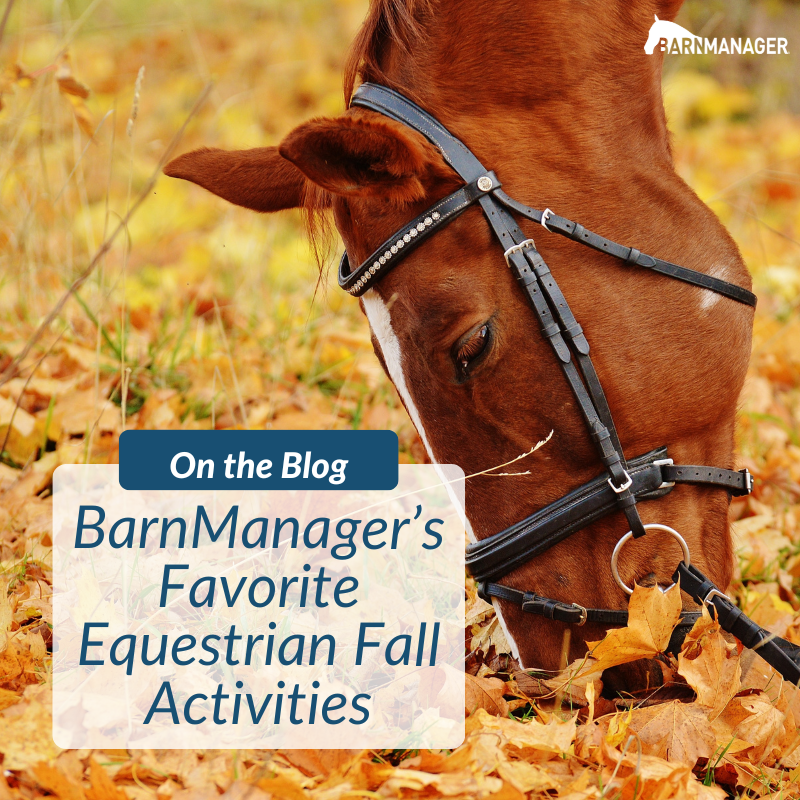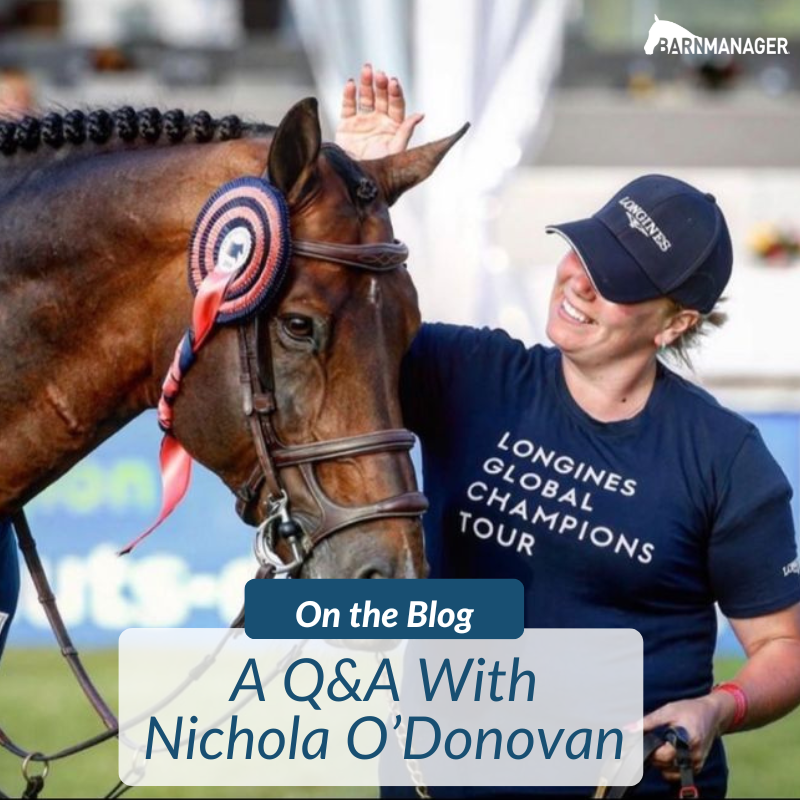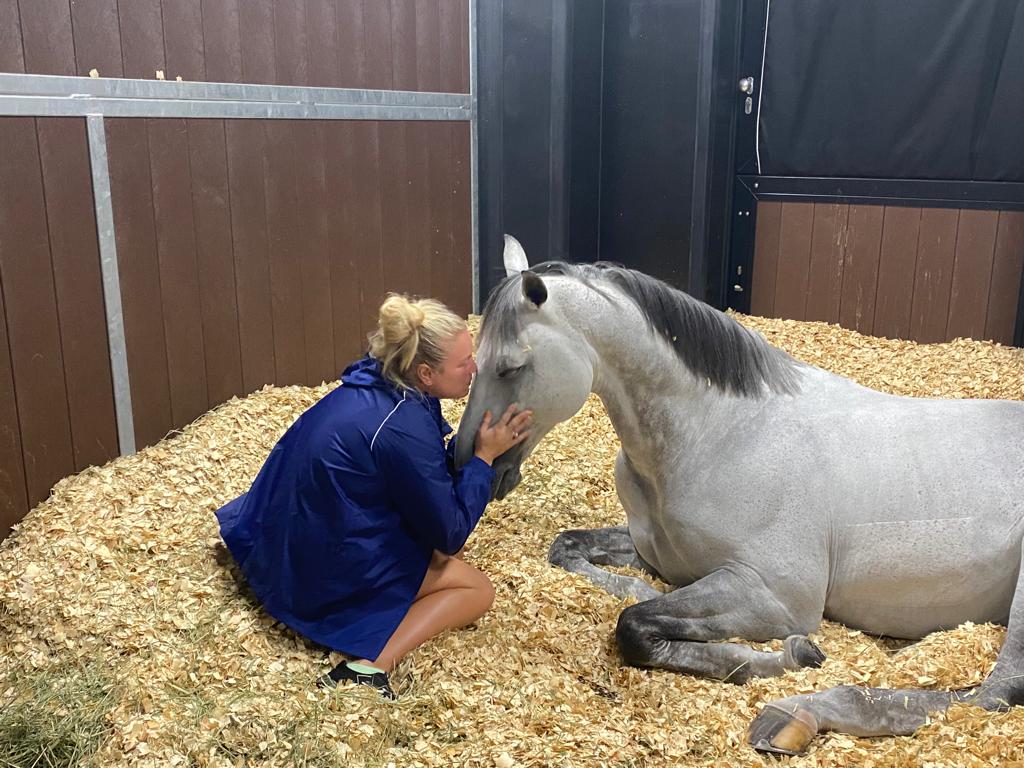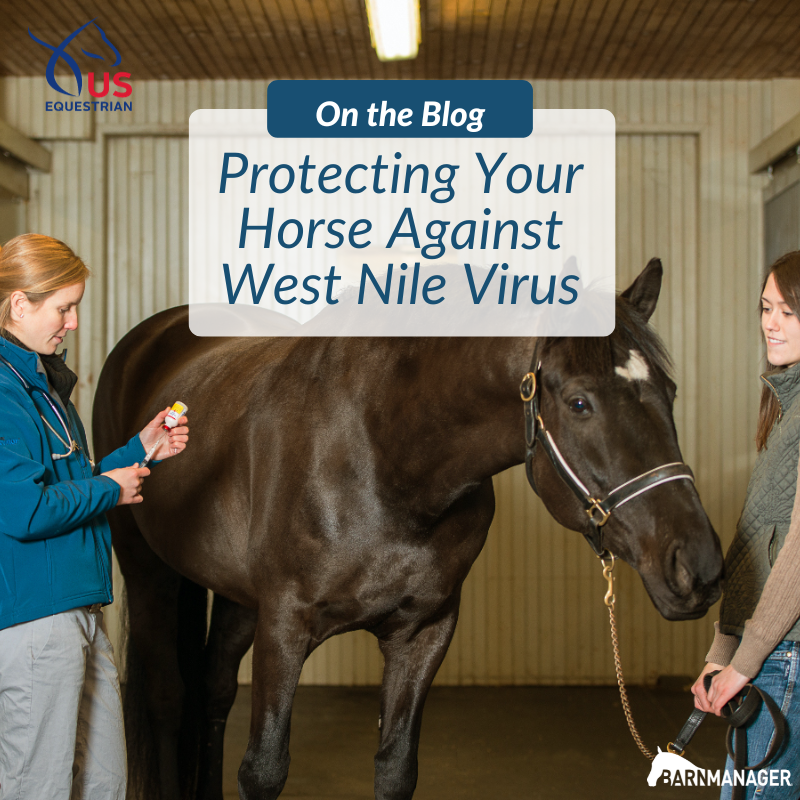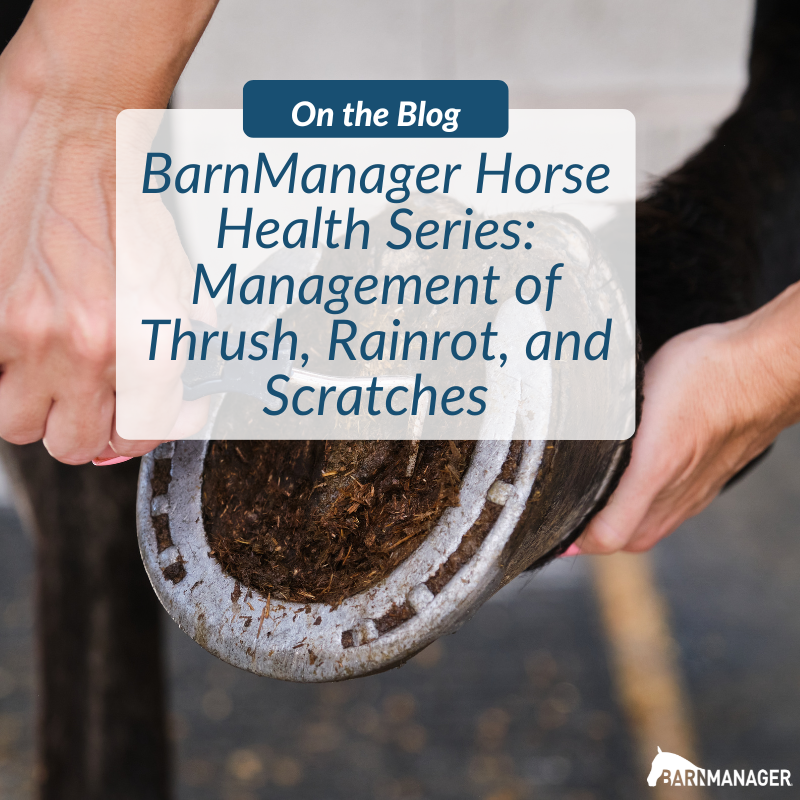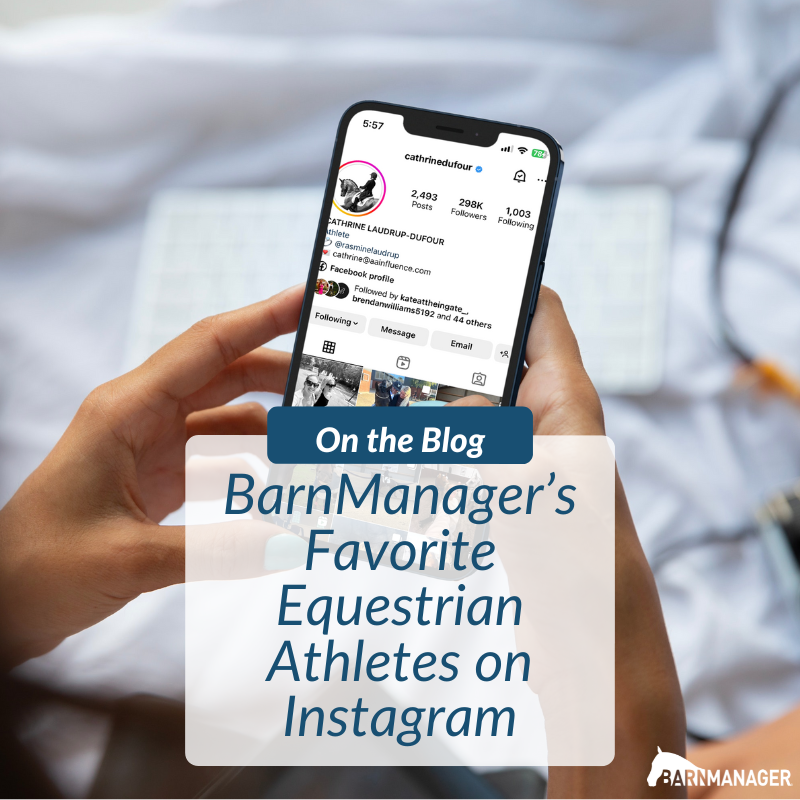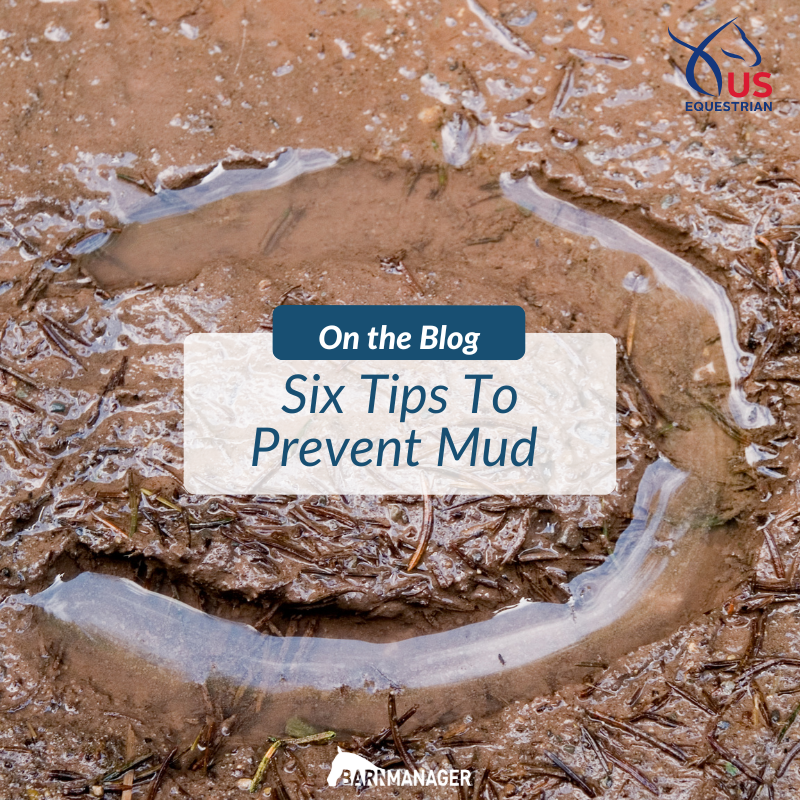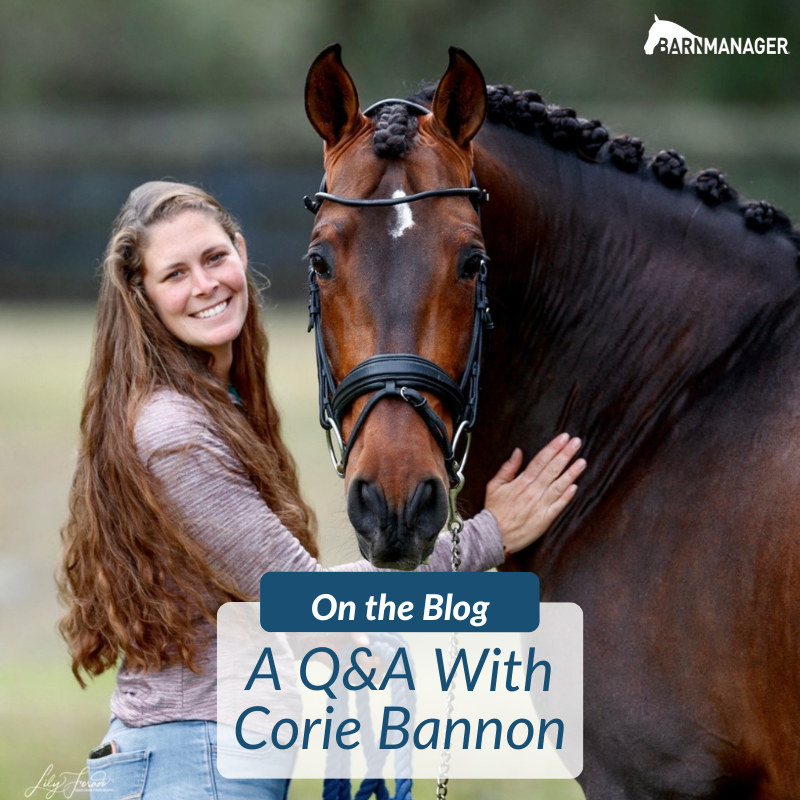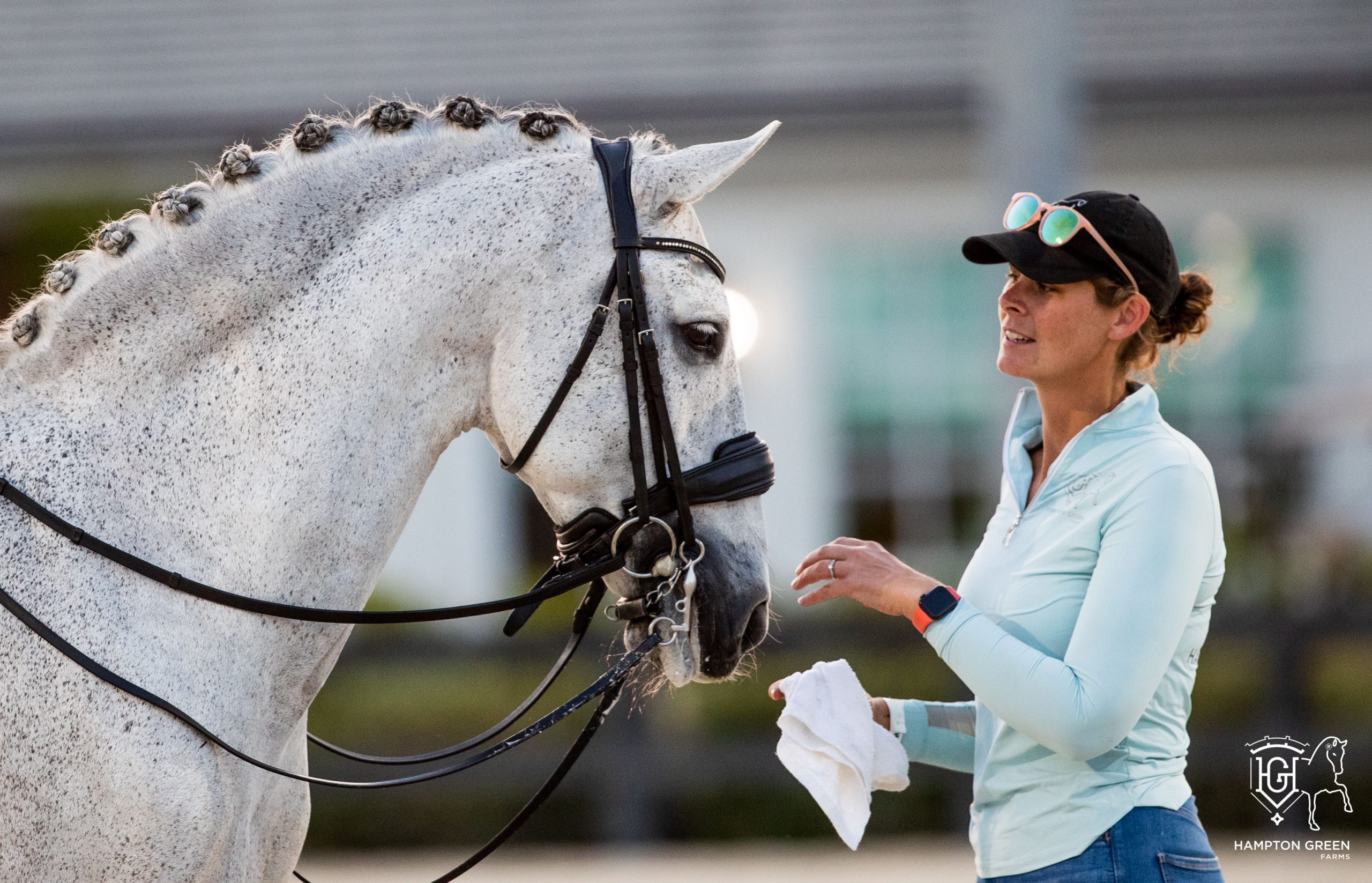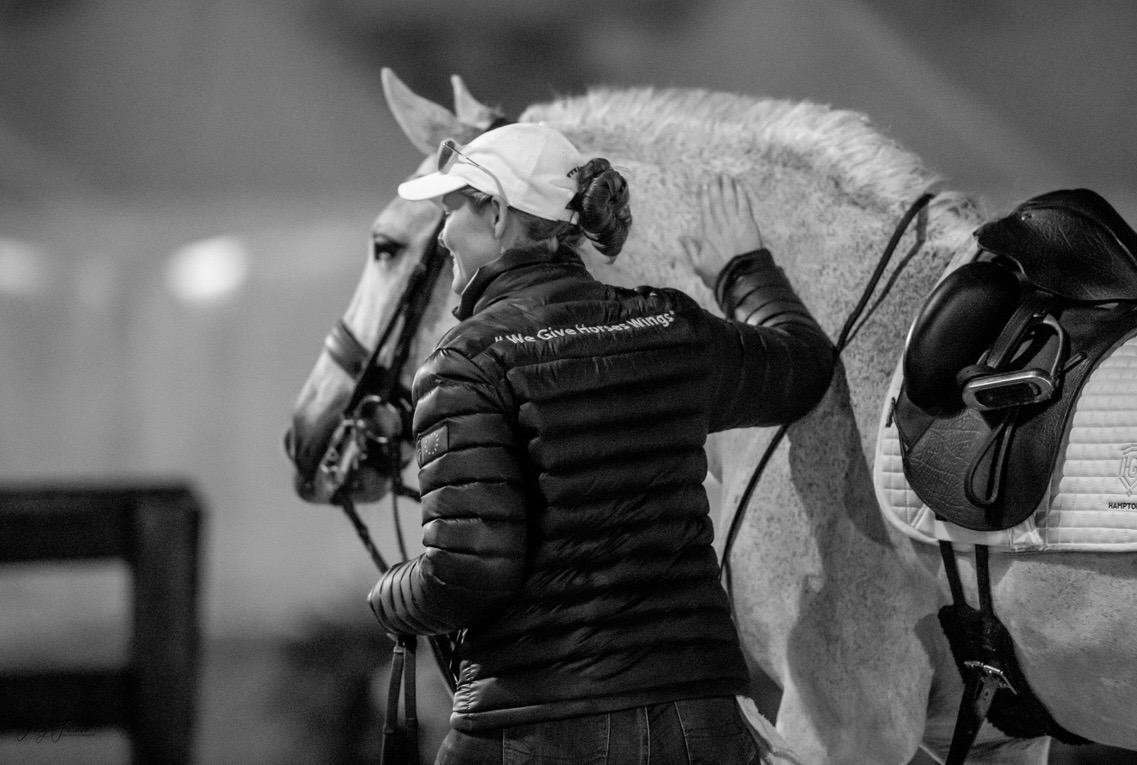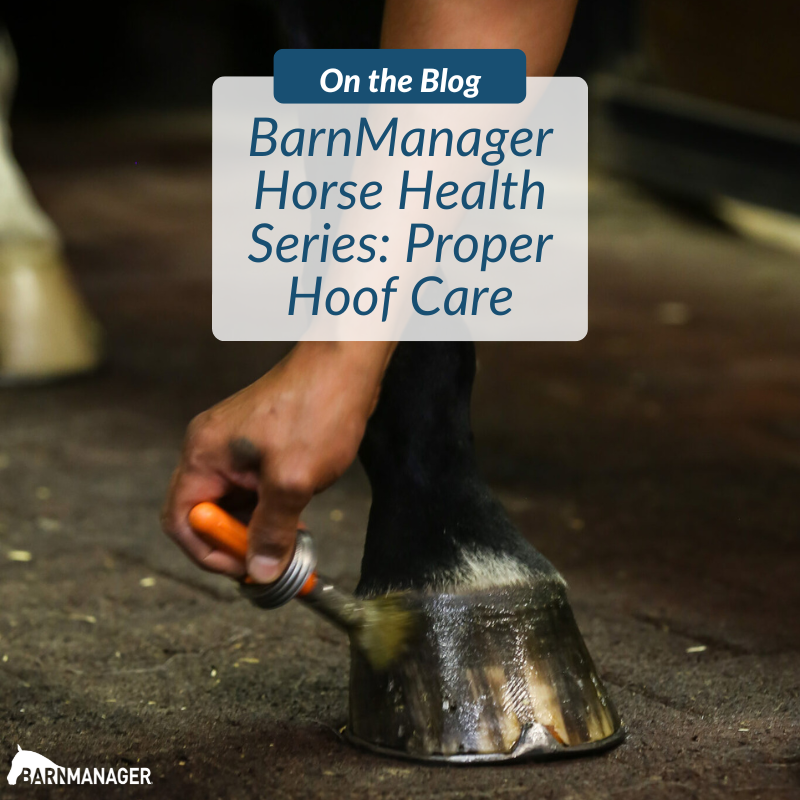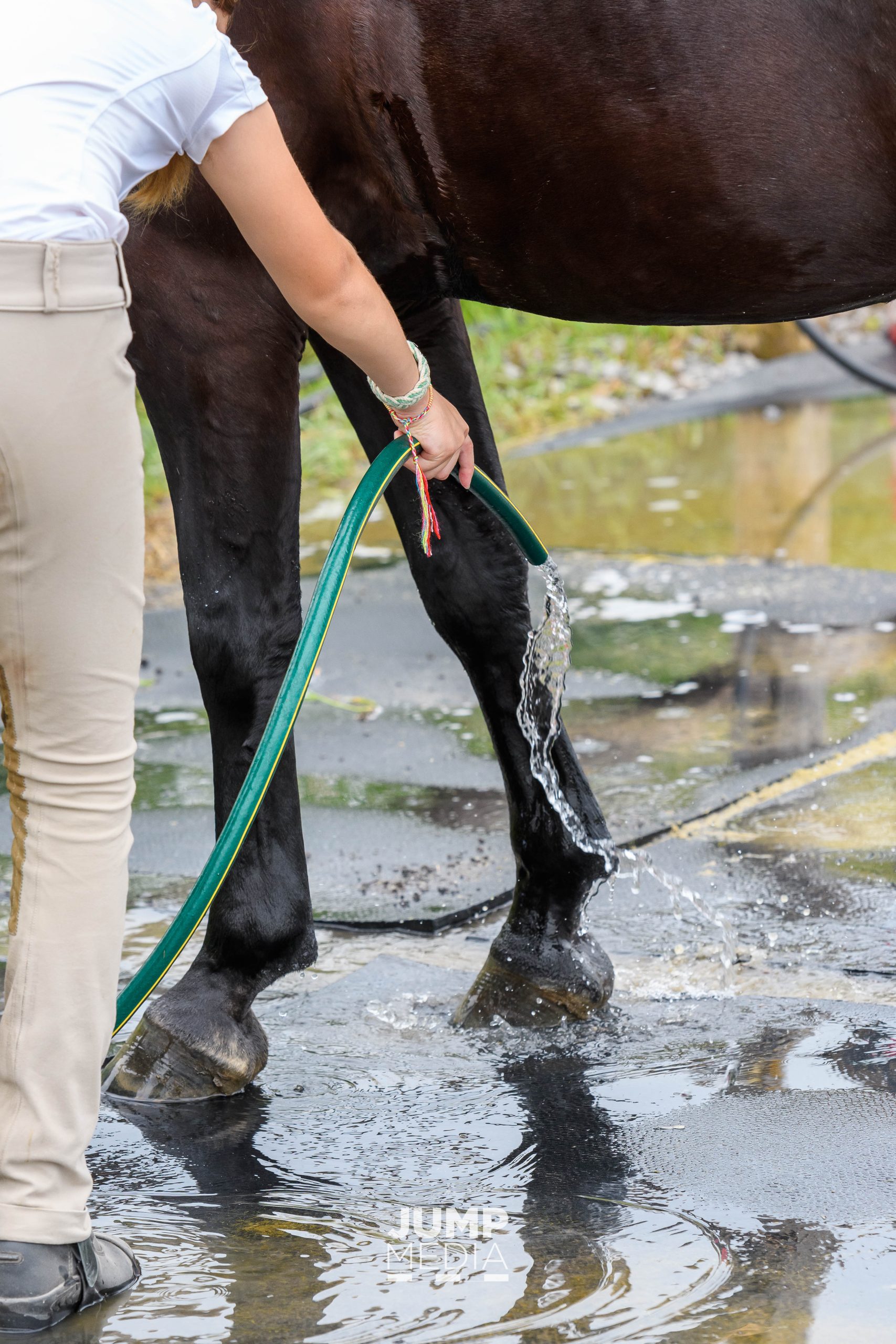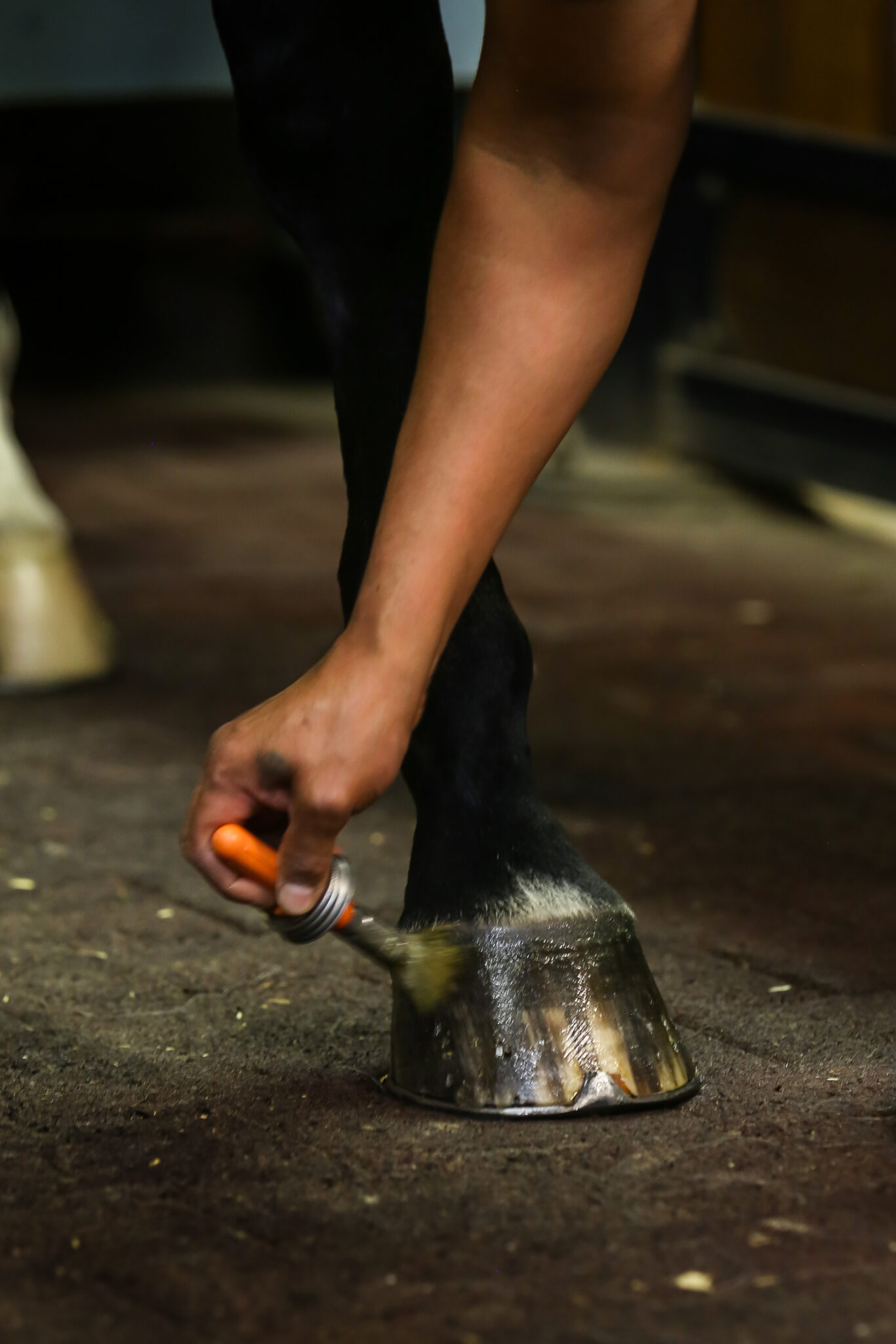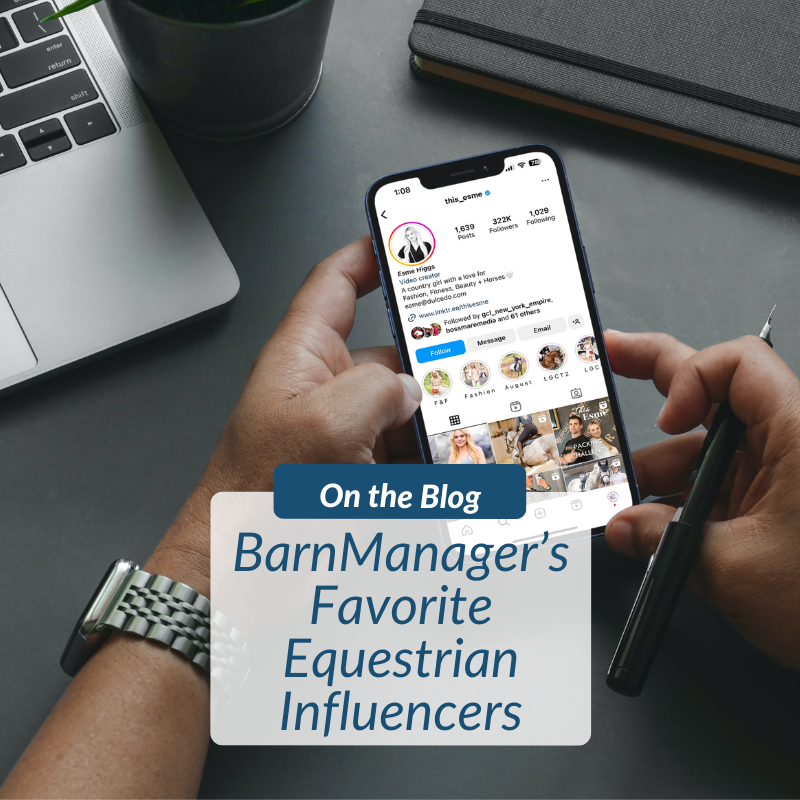Fall is a beautiful time of year to spend outside and at the barn with your horse. The temperatures are not too hot but not too cold and the leaves on the trees are picture-perfect. Take advantage of this wonderful season by trying out some of BarnManager’s favorite fall activities.
Plan a Photoshoot
All equestrians want a stunning photo of their horse with fall foliage in the background. Choose a nice fall afternoon to stage a photoshoot with your horse and maybe even some of your barn buddies. Hiring a professional photographer is a great option to get your perfect fall shots. If you are on a budget and do not have professional equipment, iPhones can take quality photos with proper editing. This is a fun activity to do with friends so you can take turns taking pictures or do a couple of group photos.
Enjoy a Trail Ride
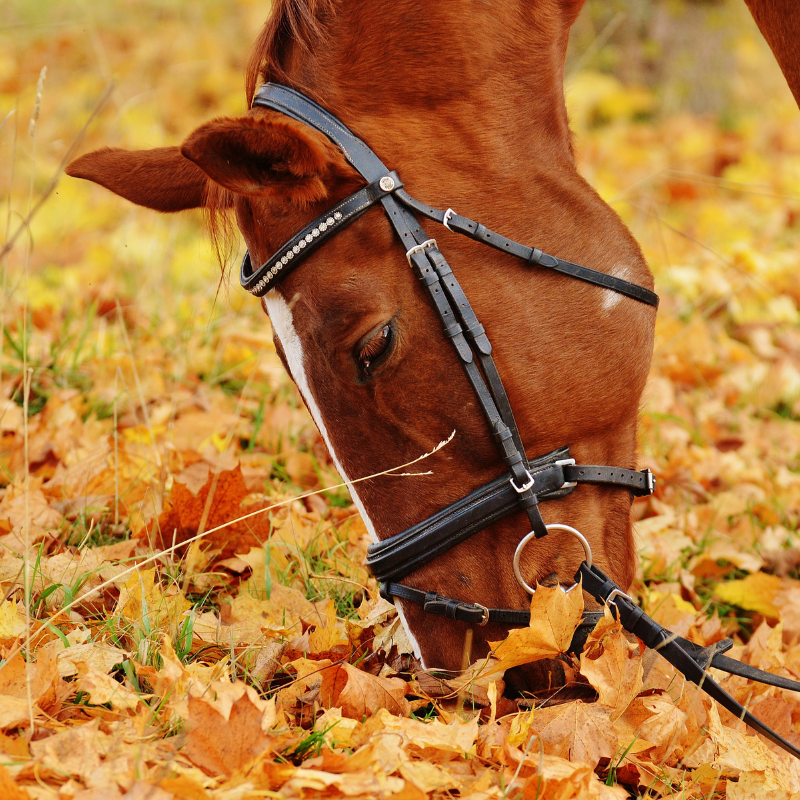
Take advantage of the nice weather and enjoy the fall colors by planning a trail ride. This is a fun activity to do in a group. If you decide to trail ride outside your own farm property, make sure you are wearing high-visibility clothing because it may be hunting season. It is also a nice opportunity for the horses to enjoy time outside of the arena, especially if you will be riding in an indoor all winter.
Enter a Costume Class
What is the fun of fall without picking out a Halloween costume? This year, consider coming up with a costume for both you and your horse. Dressing up with your horse can be a fun activity whether you are attending a Halloween-themed horse show or just dressing up with your barn family.
Click HERE for BarnManager’s favorite Halloween costume ideas!
Make Fall-Themed Horse Cookies
Everyone loves pumpkin spice-flavored goodies and fall comfort food, including horses. Plan a weekend afternoon to make your own fall-themed horse cookies. This is a great activity to do at a gathering at someone’s house or even at the barn if you have the appliances.
Click HERE for a list of BarnManager’s favorite recipes for fall-themed horse treats!
Organize a Live Stream Night
Instead of planning a movie night this fall, gather a group of barn friends for an evening of watching live streams. The fall includes several prestigious horse shows and finals with night classes that you will not want to miss. Order a pizza and get a few snacks to eat while you and your friends enjoy top competition. Don’t forget that many streaming services also offer on-demand viewing so you can catch up on big events you may have missed. If you want to mix it up a little, consider watching a Masterclass or a Barn Talk from Horse & Country to learn new tips and tricks from top equestrians.
Click HERE for a list of must-watch live streams for this fall!
Attend a Haunted Hayride
Although this activity may not be directly related to horses, it is still something fun to do as a group. Look for the haunted hayrides in your area and gather your barn family for a fun night. You can also plan a group dinner before or after the hayride for more team bonding.
Try out a few of the activities on BarnManager’s list to ensure you are enjoying fall to the fullest before the winter weather comes.
Have questions about utilizing BarnManager or want to give it a try for yourself? Request a live demo here!
